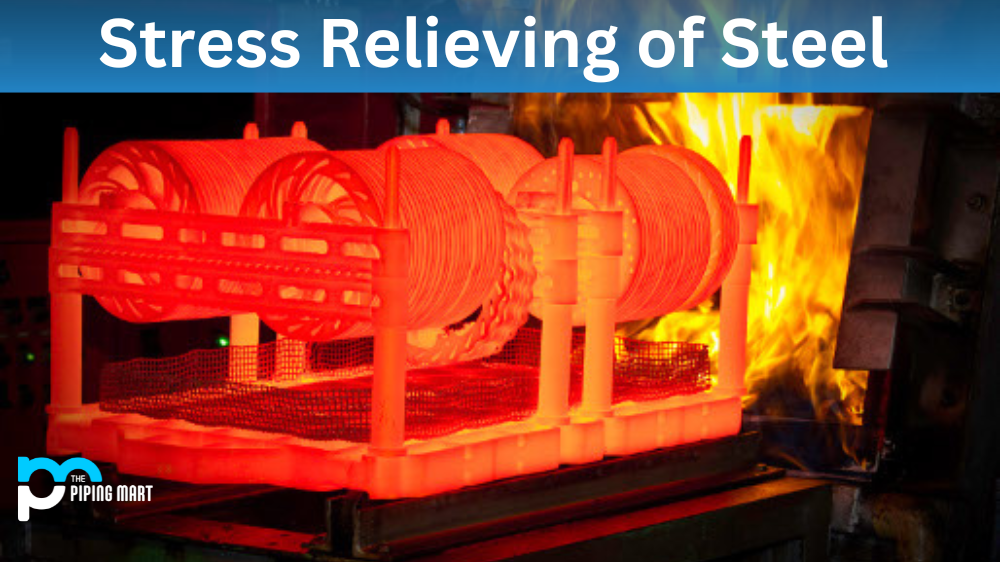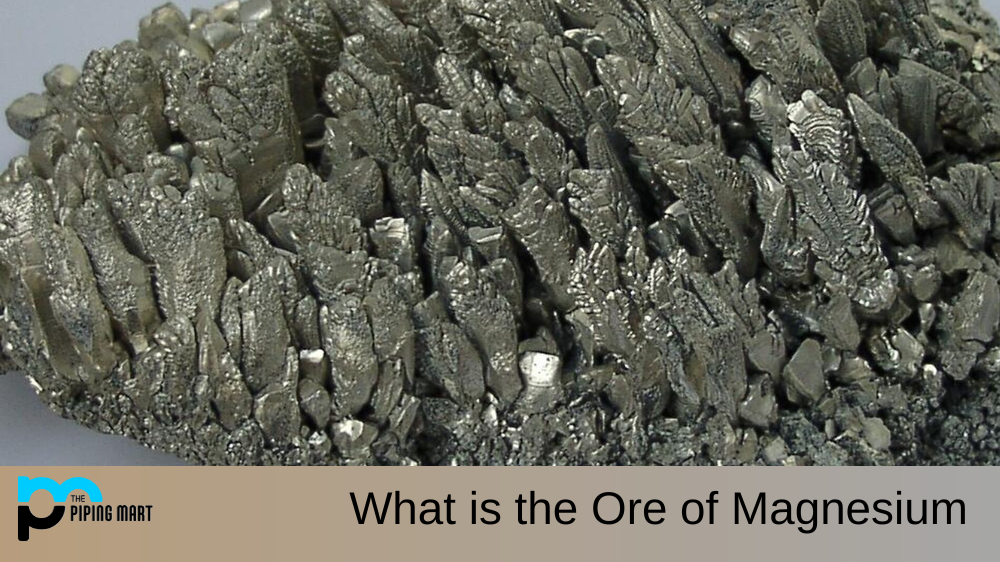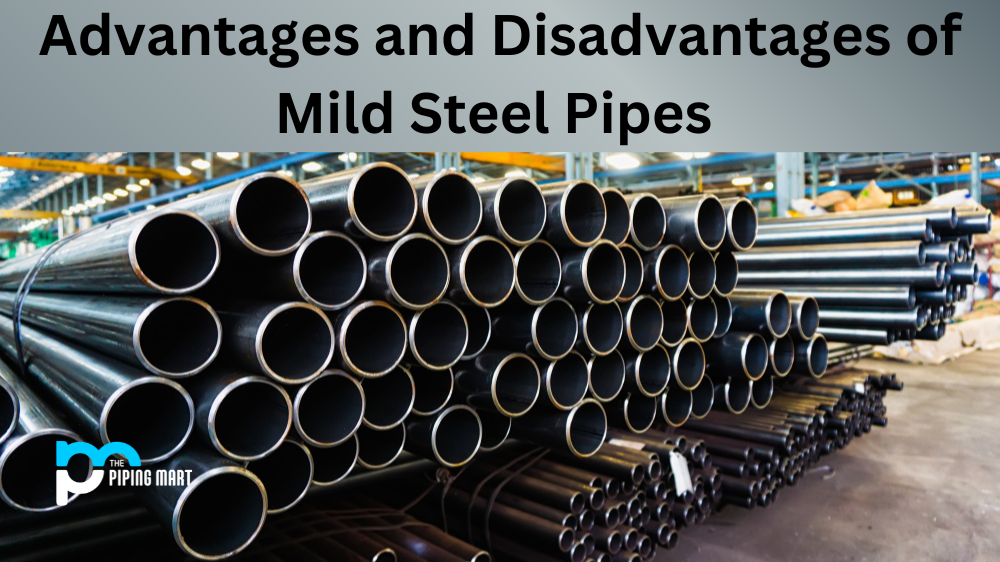Steel is a strong and durable material used in many industries, from construction to manufacturing. However, it can be susceptible to stress, leading to cracking or other damage over time. One way to prevent this damage is by stress-relieving steel. In this blog post, we’ll discuss the types of stress-relieving processes for steel and how they work.
Types of Stress-Relieving Process for Steel
Steel has several stress-relieving processes, including heat treatment and cold working. Heat treatment involves heating the steel until it reaches a certain temperature and then allowing it to cool slowly over time. This helps relieve any internal stresses that have built up due to welding or machining. Cold working is another option and involves shaping or drawing the metal into a desired shape at room temperature. This process can also help relieve internal stresses in steel without the need for high temperatures.
Stress-Relieving Steel Process
The process of stress-relieving steel begins with evaluating the type of material being used and its microstructure. Once this has been determined, the appropriate heat treatment or cold working process can be chosen based on what will best reduce internal stresses in the material. The next step is to preheat the fabric before applying heat treatment or cold working techniques. Preheating helps ensure that all steel areas are heated evenly before further processing.
This is followed by heating the material to a specific temperature (for heat treatment) or shaping it into its desired shape (for cold working). The final step is cooling down the material slowly, if necessary—this helps reduce residual stresses that may still be present after heating or shaping it. It’s important to note that not all materials require cooling down; some may only need preheating before processing begins.
- Stress-relieving steel is a heat treatment process used to remove the internal stresses that may have been induced during the manufacturing process.
- The steel is heated to a temperature below its critical temperature and then held at that temperature for some time.
- The steel is then allowed to cool slowly to allow the internal stresses to relax.
- Stress relieving can be done using either gas furnaces or electric furnaces.
- The choice of furnace will depend on the size and shape of the treated steel piece, as well as the desired heating rate and cooling rate.
Conclusion:
In conclusion, stress-relieving steel is important to ensure its strength and durability over time. Several different types of processes are available, such as heat treatment and cold working, depending on what kind of material you’re using and what type of result you’re looking for from your stress relief efforts. Preheating is often necessary before applying these processes, followed by slow cooling at the end of processing to reduce residual stress levels in your steel products for optimal results!

A passionate metal industry expert and blogger. With over 5 years of experience in the field, Palak brings a wealth of knowledge and insight to her writing. Whether discussing the latest trends in the metal industry or sharing tips, she is dedicated to helping others succeed in the metal industry.




